Let's talk about multicultural mistakes & orientalism & appropriation for a minute
A reminder that culture clashes are complicated and never just about just the two at-odds that you see on the surface.

So a fun bit of news that's been making its rounds in the Asian-American internet very recently has been the BBC and the Guardian making the same faux pas - adorning Chinese New Year recipes with Chinese-y things that turned out to be super death related.
The BBC decorated its Lo Mien recipe with an envelope that is commonly handed out at funerals, containing a candy to eat, a coin to immediately spend, and atissue to wipe away tears.
Meanwhile the Guardian felt a great accompaniment to its dumpling recipe would be Hell paper and some ancient coins. Hell paper, also called joss paper, is meant to be burned as an offering to the dead. They're more commonly seen around Qing Ming Festival, China's Day of the Dead, recently highlighted in Marvel's Shang Chi as the time when a portal opens up to other realms.
As New Years (aka Lunar NY, aka Spring Festival) is all about renewal and life, it's kind of culturally creepy to pair food dishes with * waves * all of that.
To me, and to most China Chinese who've come across it, it's eyebrow raising but mostly just "wow you dummies" funny. A misstep on par with when someone in India named their ice cream after Hitler or when Powergen Italia chose to utilize its full name no spaces in its URL.
But apparently the reaction of the general China diaspora in "Western" + colonialized spaces (Singapore, for instance) was to be "aghast." It was not an example of a doofus-y blunder, but rather yet another sign that these publications refuse to respect the cultures they're writing about.
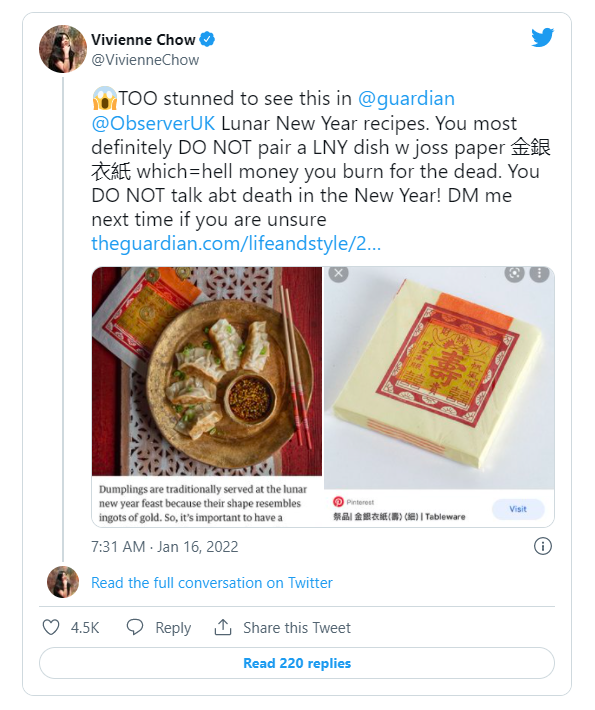

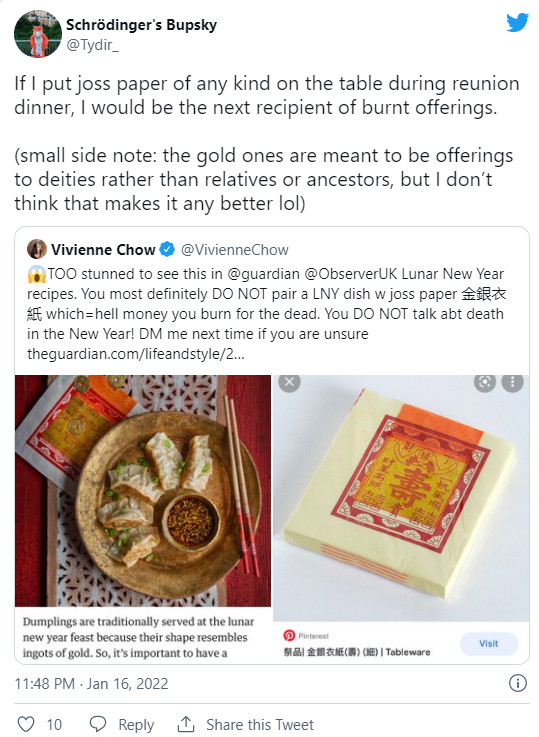
Which is in itself another reminder that Asian diaspora is not Asian. And Asian is not Asian diaspora. I can already see the two being mixed up in The Discourse.
And also a reminder that culture clashes are complicated and never just about just the two at-odds that you see on the surface.
I don't have much else to add to this particular "controversy" besides to continue to lol at the art directors in the UK (and support more diverse newsrooms, of course)... but it did remind me of another larger and more heated example of this debate, which I thought would be share some thoughts on:
The "Kimono controversy (2015)" at the Boston Museum of Fine Arts.
The museum was exhibiting the Monet painting "La Japonaise," of his wife in a kimono, and promoting it through an activity called "Kimono Wednesdays."

Asian-American activists protested. White people called them oversensitive. Japanese people weighed in to also call them oversensitive. White people celebrated a victory over the craziness of social justice warrior-ing. It is still being utilized as an example by people who feel cultural appropriation talks have GONE. TOO. FAR.
In my opinion, all three parties were both correct and incorrect in their assessment of the situation.

The Asian-Americans were right to call this orientalist and misguided, but wrong to call it cultural appropriation - which is what led to most of the confusion going forward.
Cultural appropriation matters because a marginalized culture is at risk of having its own markers erased or overwritten by a dominant culture. This is a continuous issue for Native American and Black cultural touchpoints in America, which tend to lead the conversation on racism, and so Asian POC have adopted that language in their racial struggles as well.
But as is the case with many Asian diaspora issues - especially East Asian & Indian - that, uniquely, is not actually a problem for them. Japanese, Chinese, and Indian culture is a massive living, breathing entity with rich support by their respective governments in the modern era.
You can be appalled by the cultural mishandling of these kind of "Sounds About White" events, but Asian-Americans (speaking especially to Japanese, Chinese and Indians) need to be especially careful about co-opting other POC struggles as their own. Our model minority status has helped us sidestep a lot of what plagues other American minorities in building wealth and grabbing educational/career opportunities. And our "culture" is secure, no matter how much white people fuck around with it.

The BMFA had every right to think of ways to engage more with art, but was terribly wrong to put on a Kimono Wednesdays event related to "La Japonaise" because the whole of this display only makes sense in an orientalist context.
The only Japanese part of the painting was Monet's pandering to the Japonisme hype of that time in France, something he plays up in the painting utilizing an unconventional but super "Japan" looking print for the kimono, clear "Japan" imagery on fans that otherwise only contain impressionistic scenes, and by coloring his brunette wife's hair blonde. He wanted specifically to play up the East v West cultural clash because that was what Europe was salivating over in the mid-to-late-1800s.
But I want to be clear that even back then, there was a difference between artist admiration of Eastern cultures and artist exotification of them. Van Gogh famously fell in love with Japanese woodblock prints and became an enthusiastic, near obsessive collector of them. He copied many of them while sketching and they greatly influenced his art.
Many actual practitioners of Japonisme in Paris at the time were similarly minded and created fascinating fusion pieces that, in my opinion, really do marry the best of both worlds. You can see several great examples at the Musée des Arts Décoratifs, right next to the Louvre.

Monet's "La Japonaise" was, by his own admission, not that. He called it a "piece of filth" that he had painted to please the market (though that may also have less to do with East/West and to do with the prudishness of Monet and the market in general, apparently some critics were appalled by the scandalously sexy placement of an Asian guy's face on Camille's butt).
In any case, for them to then go "no, it's not racist, we're just trying to appreciate kimonos" is as ridiculous - even more so - than saying you could culturally appropriate kimonos. The painting was not made to appreciate kimonos. Having people wear kimonos and pose like that painting does not do anything to actually further the appreciation of kimonos.
It was, in the end, a misguided photo opp that white people created which, intentionally or not, centered the white gaze on a culture they find other and exotic. This was made especially clear by the talks BMFA attached to this painting, cringingly called "Claude Monet: Flirting with the Exotic."

And finally: The random Japanese people who felt the need to counterprotest were right in that there's nothing wrong with trying on kimonos. But they were totally wrong to weigh in on this specific event because it was NOT ABOUT THE KIMONOS.
However, considering much of the language the BMFA and the protestors used, it's not surprising that they didn't realize that. I can see how it felt like an attack on their ability to share their own culture.

The museum itself pulled the activity, had some thoughtful discussions, and has mostly moved forward. Museums in general have become more intentional about cultural exchange and decolonization of the narrative, which I really appreciate.
I hope we can continue moving forward with these kinds of conversations, hopefully without them hurting minorities anywhere, because there is so much that is delightful about culture clashes when it's not burdened with unexamined and damaging structural hegemonies.
Case in point, I was at the Asian Art Museum in San Francisco this month and came across these adorable prints from Japan depicting the new foreigners entering their shores. They are arguably quite exotifying. And that's fascinating.
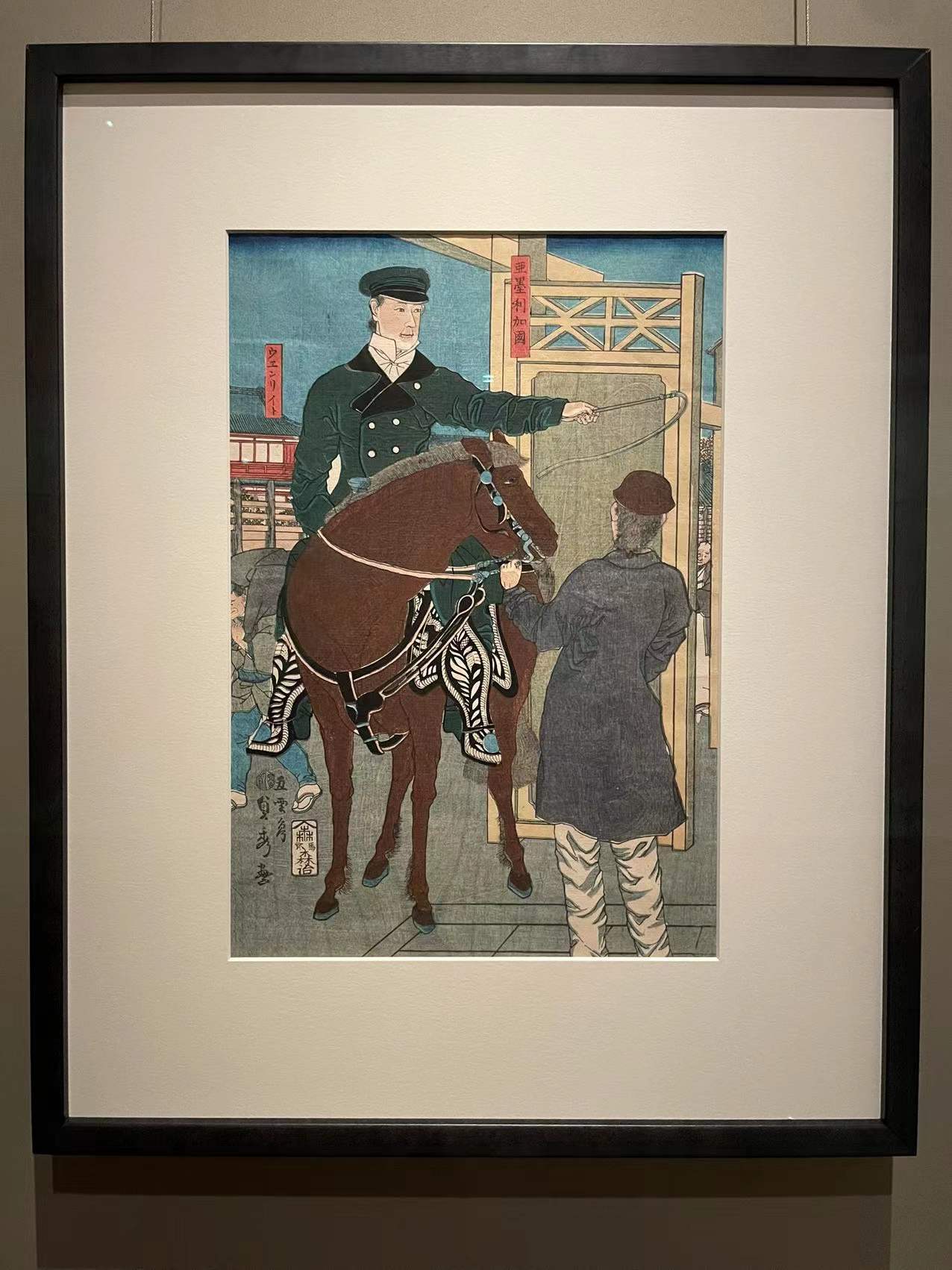
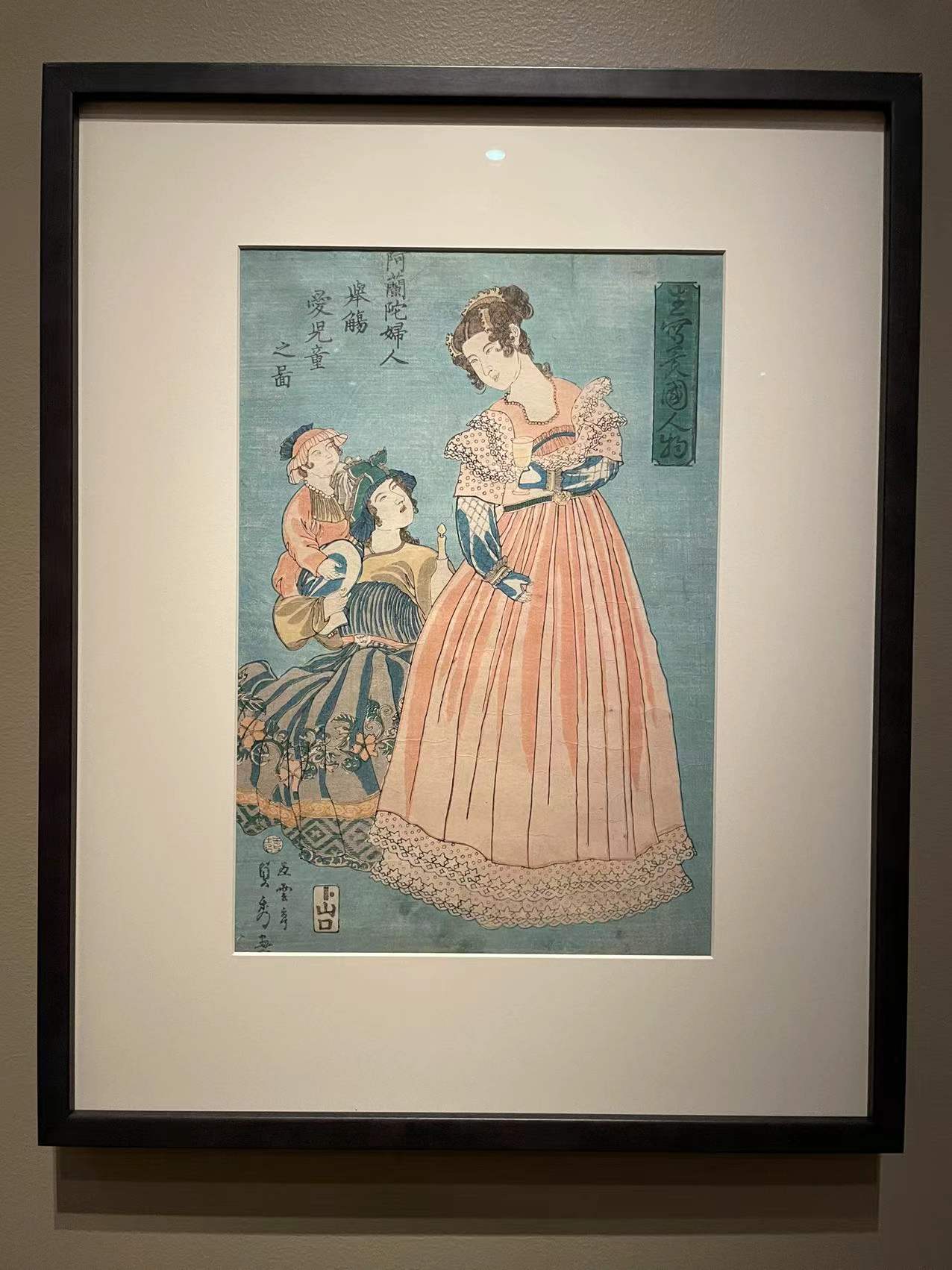
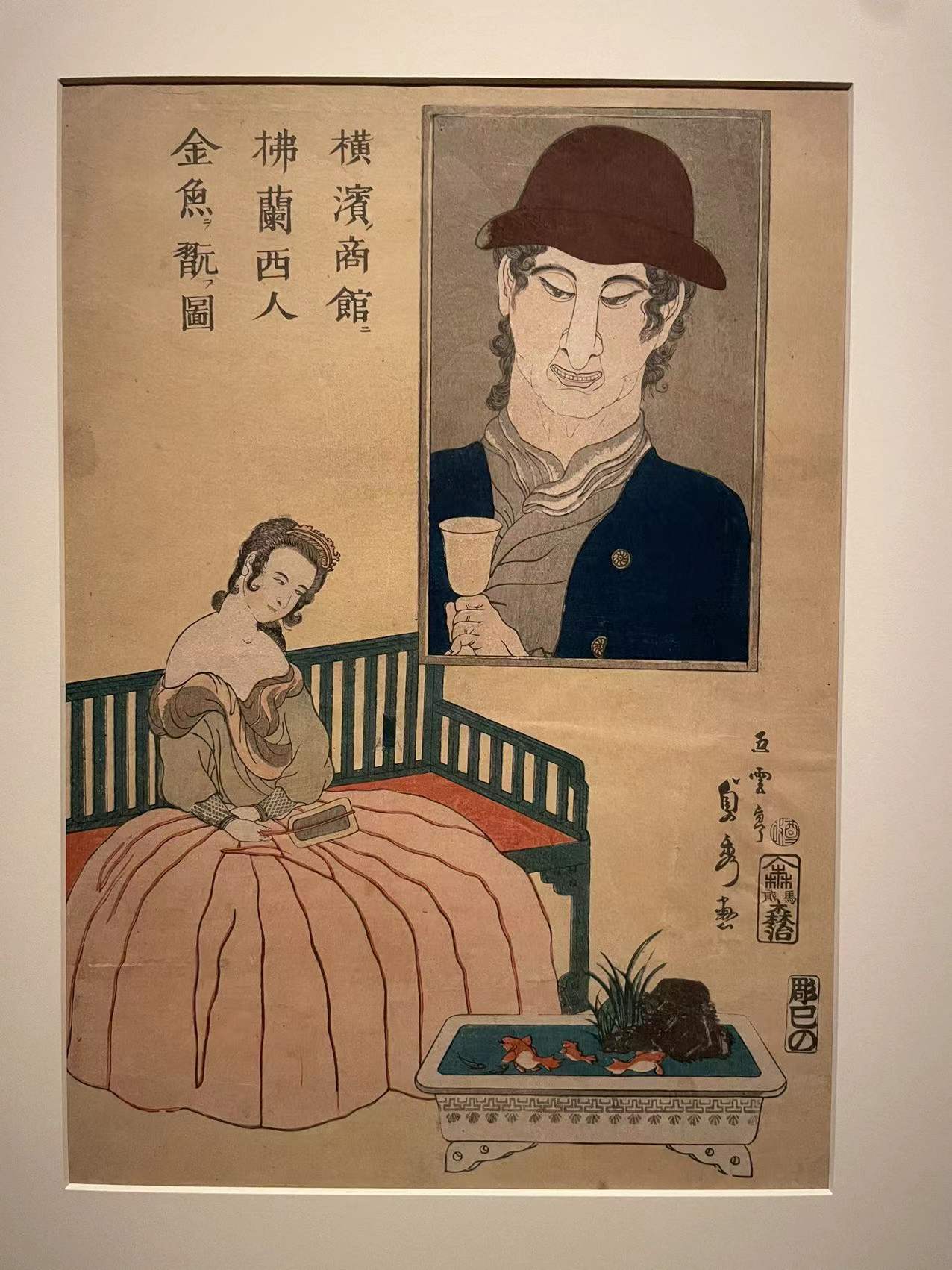
I want to have a conversation about this in English. I want to have a conversation about Japan's relationship to foreigners in the modern era in Japanese. I want to have conversations about the concept of "foreigner" and where it pops up everytime the locals of a place are introduced to non-locals.
I want the whole world to feel comfortable laughing about and learning from their own faux pas when coming across someone new. If it's not happening, it's only because you're closing yourself off to other cultures to begin with.
Stalk me on Social Media




